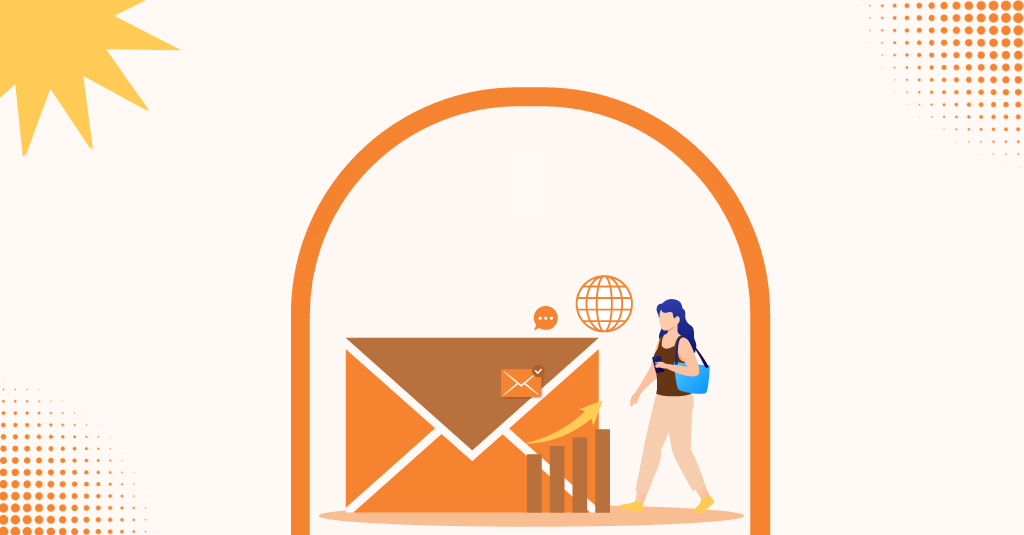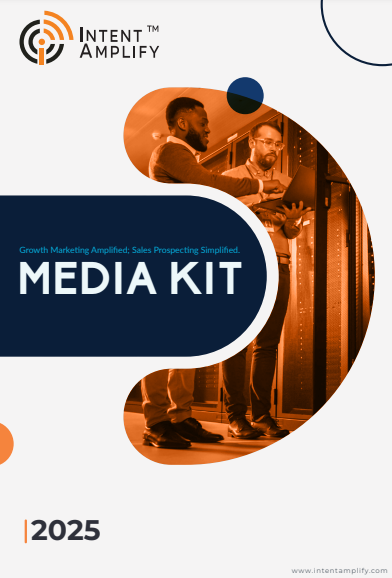
Personalized AI Email Marketing is Transforming B2B Engagement in 2025
- Last updated on: August 20, 2025
Email Marketing remains the primary channel for B2B marketing, although its effectiveness has changed drastically over the past decade. Think “batch and blast.” Dish out an email that talks about a sales promotion, and if we get to attend to our emails quickly enough and put it in a 751+ word article, we learn that your audience cares little about your sales promotion.
Ask yourself, “What about decision-makers today would want to see your promotion when their goal is to be a career or talented influencer?” That’s why they expect relevance, timing, and value to be injected into every touchpoint. Personalized AI Email Marketing that is personalized is the answer. Companies today are doing it en masse, using behavioral data and intent, aiming to support marketers with the right chances to contact the right person/individual. Personalization is one thing, but having precise communications for direct impacts on pipeline and ROI is vital.
The Evolution of Email Marketing in B2B
In the early days of email marketing, the focus was on sheer volume. Any email marketer worth their salt measures success by open rates and click-throughs, but they made a tremendous sacrifice in that journey (namely, quality). As inboxes became flooded with emails, relevance was what started to separate the good from the outliers, emphasizing the importance of understanding how to present valuable content to earn potential customers’ attention and time. HubSpot found that 78% of marketers reported greater email engagement in the last 12 months through Personalized AI Email Marketing tactics.
How AI Powers Personalization
Personalized AI Email Marketing centers around three major capabilities:
- Predictive Segmentation: AI is more than simply filtering based on demographics; it is clustering audiences on psychological factors like behaviors, preferences, and intent signals. For example, a SaaS vendor can see which accounts are researching competitors, then send them a targeted comparison.
- Content Recommendations: Like Netflix or Amazon, AI can suggest content assets according to each recipient. For instance, a CFO may receive ROI calculators, while a CTO would see a deep dive into security compliance. This happens at scale and builds more relevance with the target, shortening the time for decision-making.
- Time- Best Send Time and Frequency: AI tools capture and analyze recipient behavior to determine the best time to click “send.” Salesforce Research claims AI-optimized send times improved open rates by 41%. AI also helps marketers not just get into the inbox but also gain attention.
Real Business Impact of Personalized AI Emails
The effects of Personalized AI Email Marketing reach beyond vanity metrics. McKinsey recently published a study that showed organizations that use AI personalization see 40% more revenue from their marketing activities compared to their peers. In the B2B context, this means:
- Higher Engagement: AI personalized subject lines can increase open rates by 26% at scale.
- Faster Pipeline Velocity: Personalized nurture campaigns can drive quicker sales cycles by delivering the right materials to align with buyer intent.
- Less Wastage: More nurture emails means marketers are sending their prospects fewer emails, while also engaging them with more effective messaging. Lower unsubscribe rates.
Top Techniques for Using Tailored Personalized AI Email Marketing
There is more to starting a customized AI-powered email campaign than simply turning on a tool. B2B marketers need to adopt a methodical strategy that combines technology, data, and human creativity in order to see some tangible results.
1. The first step is to have clean data.
The quality of Personalized AI Email Marketing depends on the data that drives it. Even the most advanced AI model will not work if your CRM or marketing automation system is overloaded with duplicates, out-of-date contacts, and incomplete database records. According to Gartner, poor data quality costs enterprises an average of $12.9 million annually. Before tackling AI personalization, B2B marketers should dedicate time and resources to cleansing, deduplication, and enrichment. Think about augmenting first-party data with certain reliable third-party data sources will also fill in missing information like job titles, firmographics, or buying behaviors.
2. Utilize Intent Signals
The real essence of AI email personalization isn’t merely using someone’s first name in the subject line. The magic comes when tracking and interpreting intent signals–like whitepaper downloads, visits to pricing pages, or social interaction. These provide AI systems with context to develop reliable predictions about what content, offer, or call-to-action is most relevant in that moment. Demand Gen Report found that 62% of B2B buyers consume 3-7 assets of content before they ever engage with sales. When we can capture these digital breadcrumbs, we help our AI model hone in and deliver the relevant message at the relevant stage of the journey.
3. Give it Time to Learn, Test, and Improve
While AI can write subject lines, provide you with content recommendations, and even automate send times, it is not just a simple switch that frees you from oversight and brings buzz. The best B2B marketers see AI personalization as an arm and a partner. We can A/B test subject lines AI-created versus human-created as a check to ensure such copy aligns with your brand voice, but we can also start to identify what tone, voice, and formatting combinations are effective. Making AI a partner enhances the possibilities to use machine learning categorically against marketing intuition while also ensuring our campaigns don’t sound robotic in a more automated world focused on improving open rates and conversions.
4. Integrate Across Channels
AI-driven personalization should not work alone. Your email campaigns should connect with your overall strategy, including account-based marketing (ABM), paid campaigns, webinars, and sales outreach. When a buyer interacts with an email, that information should go into your CRM so sales can follow up with context. Likewise, intent data from other channels should help shape your next email. Research from Uniform Market Statistics shows that companies with strong omnichannel strategies keep 89% of their customers, while only 33% of those with weak strategies do. Integrated personalization creates a smooth experience that builds trust and speeds up the sales process.
Conclusion
The future of B2B communication is personalized AI email marketing. It creates customized experiences that engage customers and expedite transactions by fusing the precise capabilities of machine learning with the tried-and-true efficacy of email. Relevance is the crucial distinction in a world when decision-makers are overloaded with digital noise. AI-driven personalization is not only a step forward for technology, SaaS, fintech, and cybersecurity organizations; it is crucial for their continued competitiveness in 2025.
FAQs
Q1.What distinguishes traditional email customization from AI personalization?
Beyond static parameters like name or organization, AI personalization analyzes intent and behavioral data to forecast what messaging, timing, and content will resonate.
Q2. How does artificial intelligence decide when to send emails?
AI examines engagement trends, including the normal opening and response times of recipients. This helps optimize send times for maximum impact.
Q3. Can AI personalization be used successfully by small or mid-sized business-to-business companies?
Indeed. Numerous AI email solutions are affordable and accessible to smaller teams thanks to their scalable characteristics.
Q4. How does artificial intelligence function in ABM campaigns?
AI ensures that every stakeholder receives content that is specific to their job and stage of purchase by personalizing outreach at the account level.
Q5. Does AI personalization comply with privacy and GDPR regulations?
Sure, as long as it’s done properly. Prominent platforms adhere to international privacy rules by using anonymised and consent-based data.



